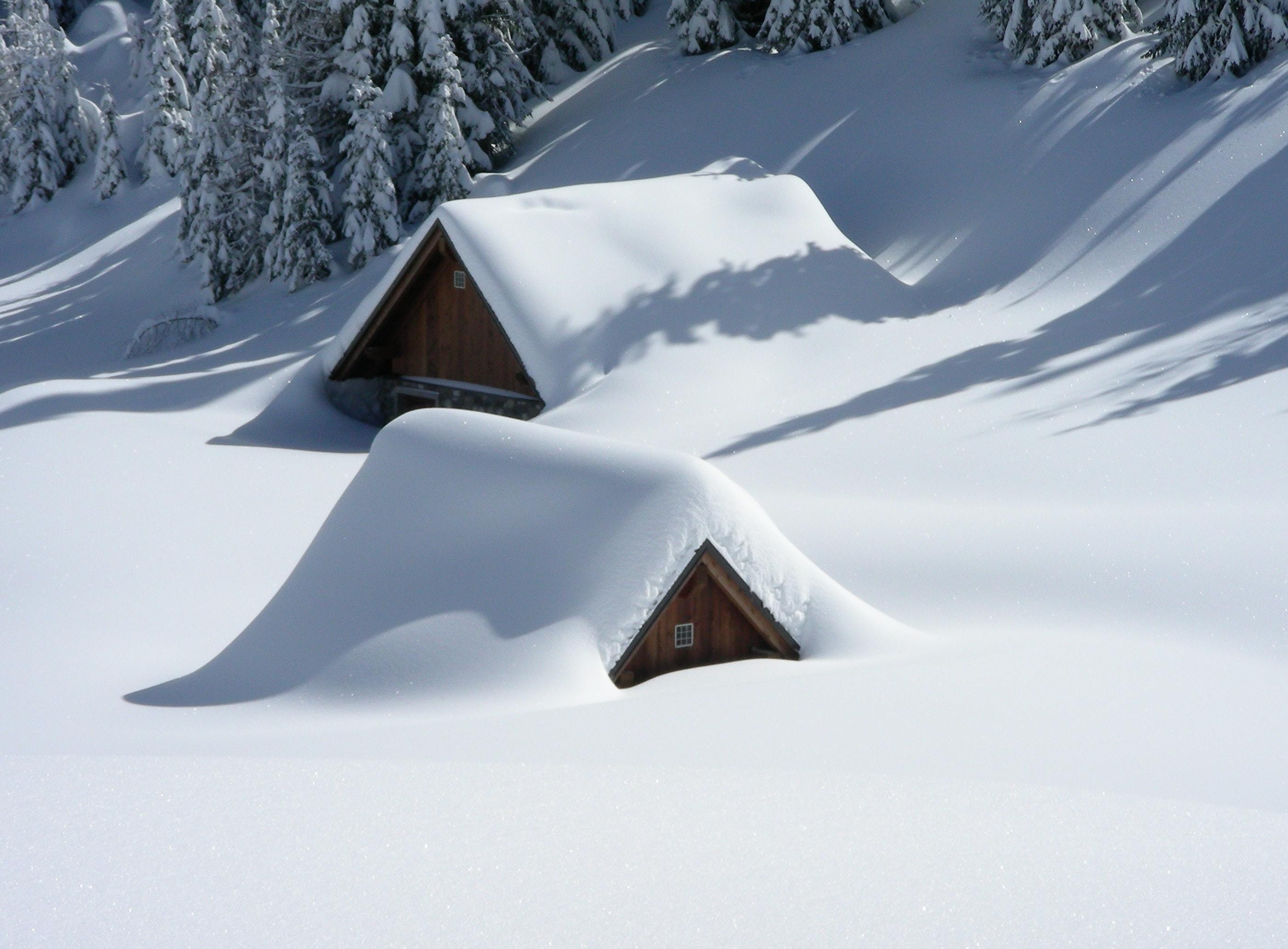When it comes to skiing, the amount of snow you need to have a good time can vary depending on a number of factors, such as your skill level and the type of skiing you plan on doing. If you’re a beginner, you’ll want to look for at least six inches of packed snow so that you can get your bearings and learn the basics without getting stuck or falling too often.

Image: snowgaper.com
Understanding the Snow Levels for Skiing
There’s a few basic guidelines to understanding the level of snow needed for skiing:
- Beginner skiers: Beginners will need packed snow at least six inches deep to practice their techniques and safely navigate the slopes.
- Intermediate skiers: Intermediate skiers require about 12 inches of packed snow or more. The additional snow depth offers more confidence, stability and control when making turns and maneuvering on varying terrains.
- Advanced skiers: Advanced skiers prefer a minimum of 18 inches of packed snow. This allows for higher speeds, more aggressive carving, and exploring off-piste areas with confidence.
- Snowboarding: Snowboarding requires slightly more snow cover compared to skiing; snowboarders typically need at least eight inches of packed snow for comfortable riding and maneuvering.
- Cross-country skiing: Cross-country skiers need a minimum of four inches of packed snow to glide smoothly and avoid obstacles. Well-groomed trails with a packed snow base ensure stability and prevent the skis from sinking excessively.
Tips for Skiing in Different Snow Conditions
In addition to the amount of snow, you’ll also want to consider the conditions of the snow. If the snow is icy, you’ll want to ski more cautiously and avoid making sharp turns. If the snow is slushy, you’ll want to ski more slowly and be prepared for your skis to sink a bit.
Here are how to adjust your skiing style to different snow conditions:
- Hard-packed snow: Hard-packed snow conditions demand a sharp edge on your skis for precise turns and maintaining control. Stay focused on maintaining balance and avoid over-steering.
- Icy snow: When skiing on icy surfaces, control your speed and make gradual turns. Avoid sudden movements and keep your weight distributed evenly over both skis.
- Powder snow: Skiing in powder snow demands different techniques to stay afloat and maneuver effectively. Lean back slightly while keeping your knees bent and skis close together; avoid sharp turns.
- Slushy snow: Slushy snow can be challenging, but using wider skis with a larger surface area can provide stability and prevent sinking. Adjust your speed and be prepared for turns to require more effort and space.
Expert Advice and Recommendations
If you’re not sure how much snow you need to go skiing, it’s always best to err on the side of caution and wait until there’s more snow on the ground. It’s also important to make sure you have the right equipment for the conditions, such as skis or a snowboard that are appropriate for the amount and type of snow you’ll be skiing on.
Here’s additional advice and recommendations to enhance your skiing experience:
- Check the snow report before you head to the mountain so that you can be aware of the current conditions.
- Talk to the ski patrol if you’re not sure about the conditions or if you have any questions.
- Start out on easier slopes if you’re not sure how well you’ll be able to handle the conditions.
- Take a lesson from a qualified instructor if you’re new to skiing or if you want to improve your skills.

Image: skijunket.com
How Much Snow Do You Need To Ski
Frequently Asked Questions
To conclude, the amount of snow you need to ski depends on your skill level and the type of skiing you plan on doing. Check the snow report before you head to the mountain and talk to the ski patrol if you have any questions. With the right amount of snow and the right equipment, you can have a great time skiing.
Are you interested in learning more about skiing?